The Echo Knight can seem like a very simple D&D class on the surface. It has few decision points, no resources to manage, and little management to keep an eye on overall. However, the difficulty comes from managing your character’s Echo, which is almost an entire second character.
Managing this character can have a bit of a learning curve, as players must learn how to position and use it effectively to boost their damage output and amp up their defenses. If you understand it, the Echo Knight can be one of the strongest martial classes in all of DnD 5e.
Welcome to an Echo Knight 5e Guide.
Key Info Up Front
- Book: Explorer’s Guide to Wildemount
- Feature Levels: 3, 7, 10, 15, 18
- Roles: Striker, Tank
Echo Knight Overview
The Echo Knight subclass revolves entirely around its ability to summon an Echo. The Echo has some fascinating lore surrounding it, as it is a version of your character from an unrealized timeline.
Your character then pulls that unrealized version of themself into their timeline, where they exert control over it. Controlling your Echo allows you to get in extra attacks, soak up incoming damage, and control the battlefield better since your character can be in two places at once.
Controlling your Echo, however, takes bonus actions. This is very useful because it keeps your action open to using throughout your turn. However, it also means that you should avoid options that take up your bonus action, like dual-wielding weapons, as managing your Echo should be your priority. The class also doesn’t have much available for skill checks, primarily focused on combat mechanics.
Ability Scores
When it comes to ability scores, the Echo Knight doesn’t vary at all from most fighter subclasses. This means that your priority should be Strength to ensure that you are outputting as much damage as possible.
After that, you need to focus on Constitution to maximize your hit points and keep you on your feet in melee combat. After Constitution, you can devote some resources to Dexterity to boost your armor class, but it isn’t necessary.

After your Dexterity, put whatever you have left into Wisdom. Perception is always useful regardless of your class, and having it higher will also help your character pass Wisdom saving throws, which are the most common type of saving throw enemies can afflict on you.
Finally, you can leave Intelligence and Charisma as dump stats because they won’t do anything for the Echo Knight, and other party members should fill the Knowledge and Face roles.
Backgrounds
For your background, I recommend first picking one that fits well with your character’s backstory. However, slimming down the list can be helpful, and since the Echo Knight is such a popular min-maxing class, I want to point out the mechanically strongest backgrounds as well.
Regardless of which background you pick, though, you’ll need to think of an explanation for how they discovered the ability to pull their Echo from other timelines.
- Outlander (Player’s Handbook): This background comes with two strong skill proficiencies from the default Fighter list. However, it does come with instrument proficiency, with isn’t useful for anything other than roleplay situations.
- Sailor (Player’s Handbook): You should only take Sailor as a background if you talk with your Dungeon master ahead and know there will be plenty of nautical action in the campaign. Then, it’ll give you two solid skill proficiencies and more sailing ability. Otherwise, this one isn’t worth picking up.
- Soldier (Player’s Handbook): The default Fighter background, Soldier is also the best for Echo Knight. It includes two good Fighter skill options and comes with tool proficiencies that can come in handy here and there.
- Urchin (Player’s Handbook): The Urchin is especially useful if you want to build a Dexterity-based Fighter. It comes with some useful skill proficiencies similar to Criminal but doesn’t come with its unnecessary Charisma skills.
Skills
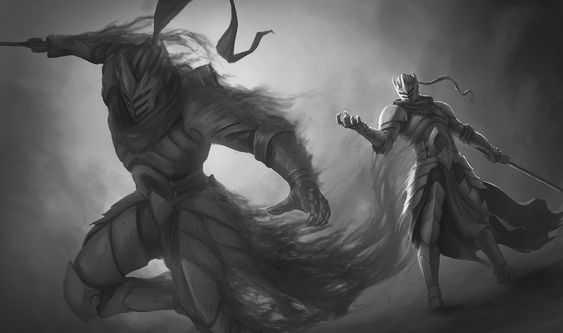
While the Echo Knight does not rely on skills too heavily, you will get to choose proficiencies from a list of eight when you create your character.
The skills you should choose will vary wildly depending on what the other party members bring to the table and what ones are covered by your background. However, here is the order that I recommend prioritizing them:
- Athletics: This is the only skill that is based on Strength. While you may first think that most of the skills used are climbing and swimming, it also plays into grappling and pushing enemies, both strong mix-ups for Fighters.
- Perception: Perception is always useful to prevent your party from getting ambushed and noticing traps, so it is always useful to pick up.
- Survival: If your party has a Druid or Ranger, you likely can skip Survival because only one party member usually needs it. If Survival isn’t covered elsewhere in your party, however, I highly recommend taking it to help your party traverse the wilds and find food.
- History: History is the most valuable skill, allowing you to gather useful information throughout your campaign.
- Intimidation: Since you aren’t the party’s Face, you likely won’t need to intimidate NPCs too often, but when it comes up, Intimidation can be a big help.
- Insight: This skill is mostly reserved for Faces, and you won’t have the Wisdom to back it up well enough to be very useful.
- Acrobatics: With your emphasis on Athletics, you should never need to use Acrobatics.
- Animal Handling: I’m assuming this skill is meant for Fighters that use a mount, but outside of that, it doesn’t make much sense and is overall useless for an Echo Knight.
Echo Knight Features
Manifest Echo
Level: 3
This feature is the very core of the Echo Knight. It allows you to spend a bonus action to summon your Echo in a spot within 15 feet of you that you can see. The Echo has an armor class of 14 + your proficiency bonus, immunity to conditions, and only a single hit point.
For free on your turns, you can move it up to 30 feet, but it is destroyed if it is ever greater than 30 feet away from you at the end of your turn. You can also use your bonus action to swap places with your Echo during your turn.
While your Echo is out, you can then choose to have any attack you make made by your character or your Echo. Your Echo can also perform attacks of opportunity using your reaction.
Unleash Incarnation
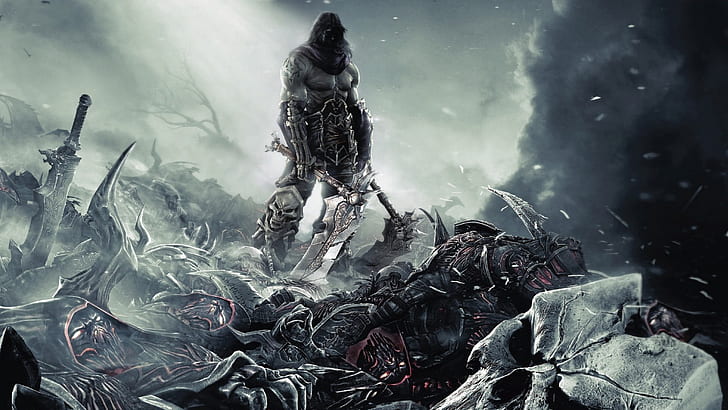
Level: 3
This feature gives you several extra attacks each day, equal to your Constitution modifier. The uses can be used after an attack action, but the attack must come from the Echo’s location.
This feature doesn’t have a massive impact on the subclass, but the extra attacks are still useful for some extra damage when you think you need it.
Echo Avatar
Level: 7
Echo Avatar allows your character to implant their consciousness in their Echo. This allows them to see and hear through the Echo and move it up to 1,000 feet away from themself.
The rules also don’t mention whether or not you can attack from the Echo while in this state, so you’ll need to talk with your Dungeon Master and come to a decision.
Even if you cannot attack while using Echo Avatar, it is an excellent tool for gathering information, exploring, or sneaking if it goes poorly, you can summon a new Echo Knight and go back in.
Shadow Martyr
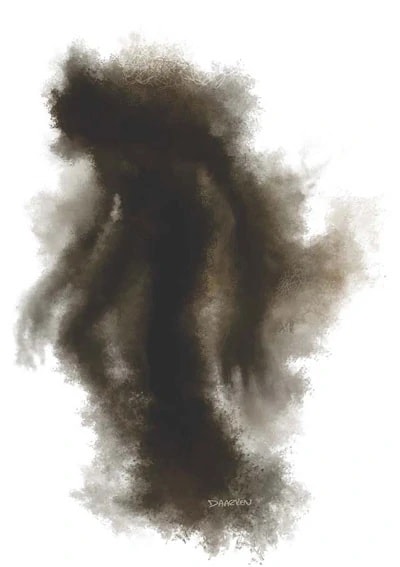
Level: 10
Shadow Martyr can only be used once but recharges when you take a short or long rest. It allows you to use your reaction to have your Echo jump in front of an ally and take a hit originally directed at the ally.
To do so, however, you must be able to see the attack happening, and there has to be an unoccupied space next to the targeted creature for your Echo to occupy.
This is still a solid defensive option, although you’ll have to be careful when you use it since you’ll have to rest to get it back.
Reclaim Potential
Level: 15
Reclaim Potential is another defensive feature focused on boosting your character’s survivability rather than your allies. It can be used several times equal to your Constitution modifier per long rest and allows you to gain temporary hit points when your Echo is destroyed.
This will frequently happen since they only have a single hit point, and each time you trigger it, you gain 2d6 + your Constitution modifier, which is nothing to laugh at.
Legion of One
Level: 18
What’s better than having one Echo? Well, having two, of course. This feature allows you to summon two Echos with just a single bonus action, helping you occupy more spaces on the battlefield, bait more attacks of opportunity, and soak more damage for your party.
This feature also comes with the benefit of recharging one use of Unleash Incarnation if you don’t have any left when you roll the initiative.
Echo Knight Races
Gem Dragonborn

Book: Player’s Handbook
This version of the Dragonborn comes with a solid breath weapon that affects a cone in front of your character, allowing you to damage multiple enemies at close range.
It also comes with a short flight option, which can help you take out flying enemies without having to resort to using a spell. However, you can also do this with your Echo, so it isn’t as big a bonus here as other Fighter subclasses.
Duergar
Book: Mordenkainen Presents: Monsters of the Multiverse
This race is a powerful option for the Echo Knight. It comes with Enlarge/Reduce, which can buff your grapples and shoves while increasing your damage output on all multi-attacks.
It also comes with the Psionic Fortitude and Dwarven Resilience features, both defensive solid tools that will help you better tank different types of damage.
Goliath
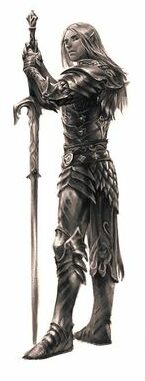
Book: Mordenkainen Presents: Monsters of the Multiverse
This race comes with proficiency in the Athletics skill, increased damage resistance, and the Stone’s Endurance feature that can significantly increase your pool of hit points.
It is one of the best race options for strength-based martial characters, and even its older version in the Elemental Evil Player’s Companion is a strong option for the Echo Knight.
Human Variant
Book: Player’s Handbook
Since the Human Variant race is optional, you may have to talk with your Dungeon Master before picking this one. If they let you, however, it is a great option to help you buff your Strength and Constitution while also taking a Feat at level one to tailor your playstyle right from the get-go.
Kobold

Book: Mordenkainen Presents: Monsters of the Multiverse
The new Kobold is a fantastic option for any martial class. It will help defend you from mental attacks and give you a bonus skill proficiency with Kobold Legacy and Draconic Sorcery to get another option on the battlefield.
Minotaur
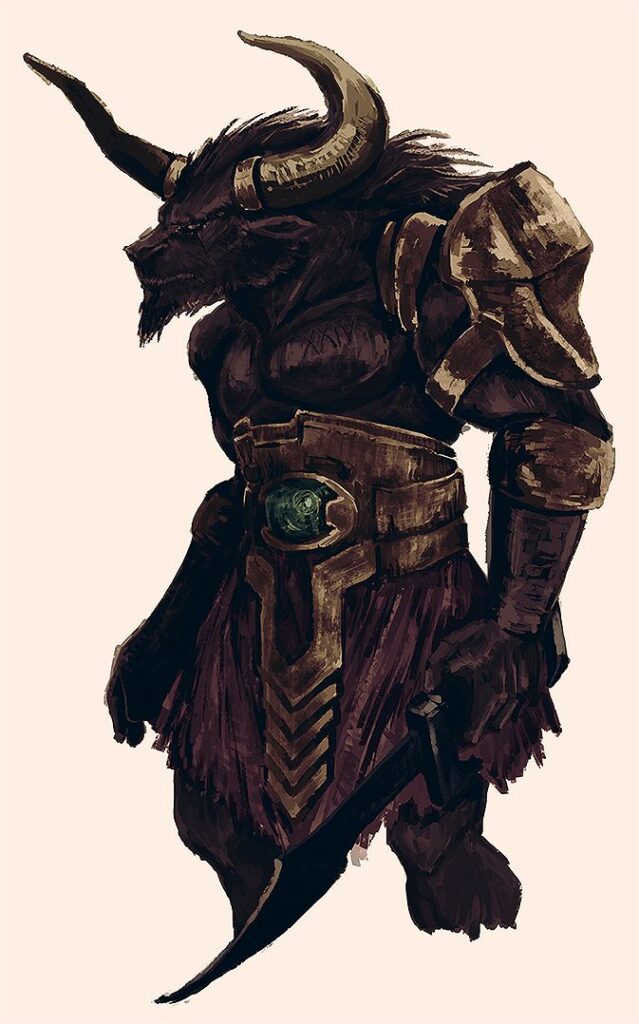
Book: Mordenkainen Presents: Monsters of the Multiverse
The Minotaur is an obvious choice for a Strength-based Echo Knight because the race is entirely dedicated to the ability. You likely won’t get as much out of Goring Rush since you can swap places with your Echo rather than running, but Hammering Horns is effectively a weaker version of the Shield Master feat.
Orc

Book: Mordenkainen Presents: Monsters of the Multiverse
Nearly every part of the Orc is about being hard to kill, which can make your Echo Knight nearly impossible to kill, thanks to your Echo soaking up damage.
Features like Adrenaline Rush, Relentless Endurance, and Second Wind frequently play during combat encounters.
Warforged
Book: Eberron: Rising from the Last War
The Warforged race comes with a boost to your Constitution, a free ability increase that you should put in Strength, and a bevy of resistances. It also increases your armor class, which can help you be harder to hit than any other character in your party.
However, since the Warforged is typically only present in the official Eberron setting, you’ll have to talk with your Dungeon Master to ensure they are okay with one being in the campaign before you pick this one.
Echo Knight Feats
Whether you take the Human Variant race or not, picking up feats can help make your Echo Knight more powerful, as well as tailoring their playstyle to your preferences and your party’s needs. So, when it comes time to pick a feat for yourself, consider these:
- Crusher (Tasha’s Cauldron of Everything): This feat is excellent if you want to use a bludgeoning weapon. It increases your Strength or Constitution by one, gives attacks against a creature advantage after you hit it with a critical, and allows you to move targets back five feet when you hit them. The final effect, in particular, can be paired well with an Echo nearby to get a free attack of opportunity on top of your regular attack.
- Durable (Player’s Handbook): Since you’ll be taking a bunch of damage on the frontlines of combat encounters, this feat will help you get the most out of your hit dice to leave more of your party members’ spell slots available.
- Gift of the Chromatic Dragon (Fizban’s Treasury of Dragons): While this feat does use up your bonus action, it can only be used once per long rest, so it is safe to take as an Echo Knight. This feat allows you to imbue all of your attacks for a turn with an extra 1d4 of elemental damage, which is very useful for shelling out a lot of extra damage with an element an enemy is weak against, thanks to your multi-attack.
- Heavy Armor Master (Player’s Handbook): This feat is excellent if you plan on wearing heavy Armor, as it will decrease all of the nonmagical damage you take while also boosting your Strength or Constitution by one.
- Sentinel (Player’s Handbook): Sentinel is an absolute must-have for the Echo Knight if you are fulfilling the Tank role for your party. It buffs your attacks of opportunity and allows you to use them more often, which is great since you’ll have a bigger presence on the battlefield with your Echo.
- Skill Expert (Tasha’s Cauldron of Everything): This feat increases your Strength by one and doubles your proficiency in Athletics, making it so that you can grapple just about anything.
Echo Knight Equipment
For your Echo Knight’s regular equipment, you can take a few different approaches. If you want to take the Crusher feat, you can kit them with a Maul or Warhammer. If you want to emphasize your tank status, you can equip any one-handed weapon with a shield. However, I cannot stress enough that you should not have dual-wield weapons.
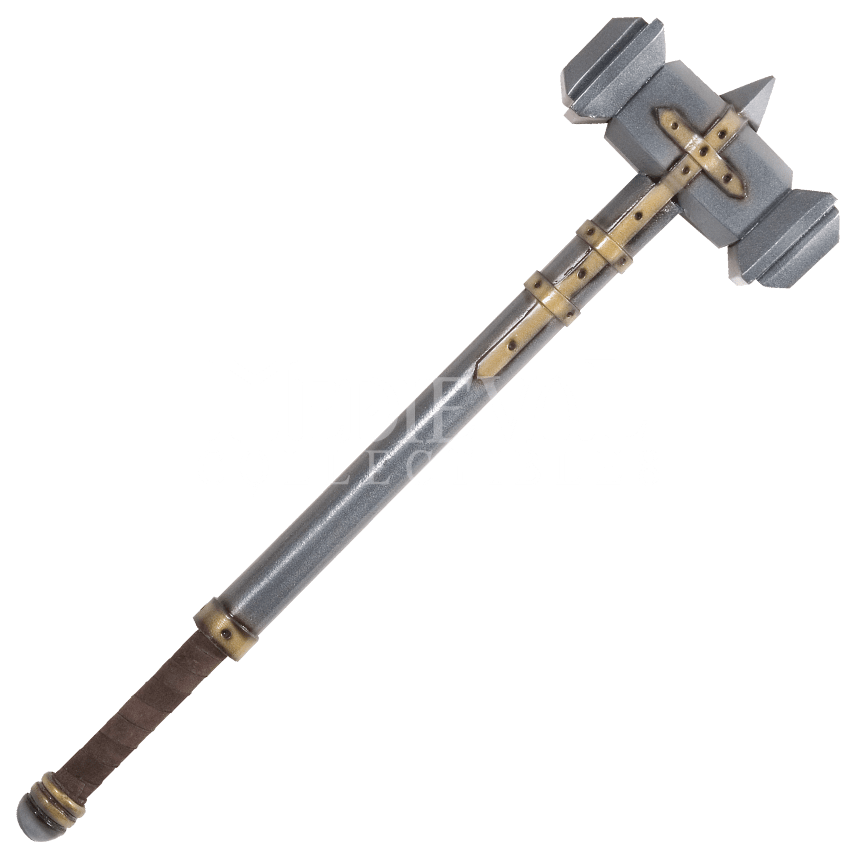
Since you need your bonus action for summoning your Echo, you’ll get just about nothing out of having an off-hand weapon and miss out on the opportunities you could get from a shield or two-handed weapon.
When it comes to Armor, you should start with Chain Mail and use that until you can get either Full Plate or another piece of magical Armor. Going with heavy Armor will allow you to not worry about investing in your Dexterity while pairing well with the Heavy Armor Master feat above.
As you level up, you’ll want to keep an eye out for magical items you can gather to improve your character’s performance. The best magical tools for the Echo Knight are below.
Common Magic Items
Moon-Touched Sword
Book: Xanthar’s Guide to Everything
This sword can be invaluable if you pick a race that doesn’t come with Darkvision, as it can glow as bright as a torch. However, it also allows you to ignore resistance to nonmagical attacks so that you can still deal full damage to any enemies you may come across during your travels.
Uncommon Magic Items
Adamantine Armor
Book: Dungeon Master’s Guide
Adamantine Armor is the end goal for all heavy armor characters, and the Echo Knight is no different. It prevents critical hits against you, turning them into regular hits instead. This can help remove the fear of randomly getting hit with a massive attack from an enemy, which is excellent for all tanks.
Cloak of Protection
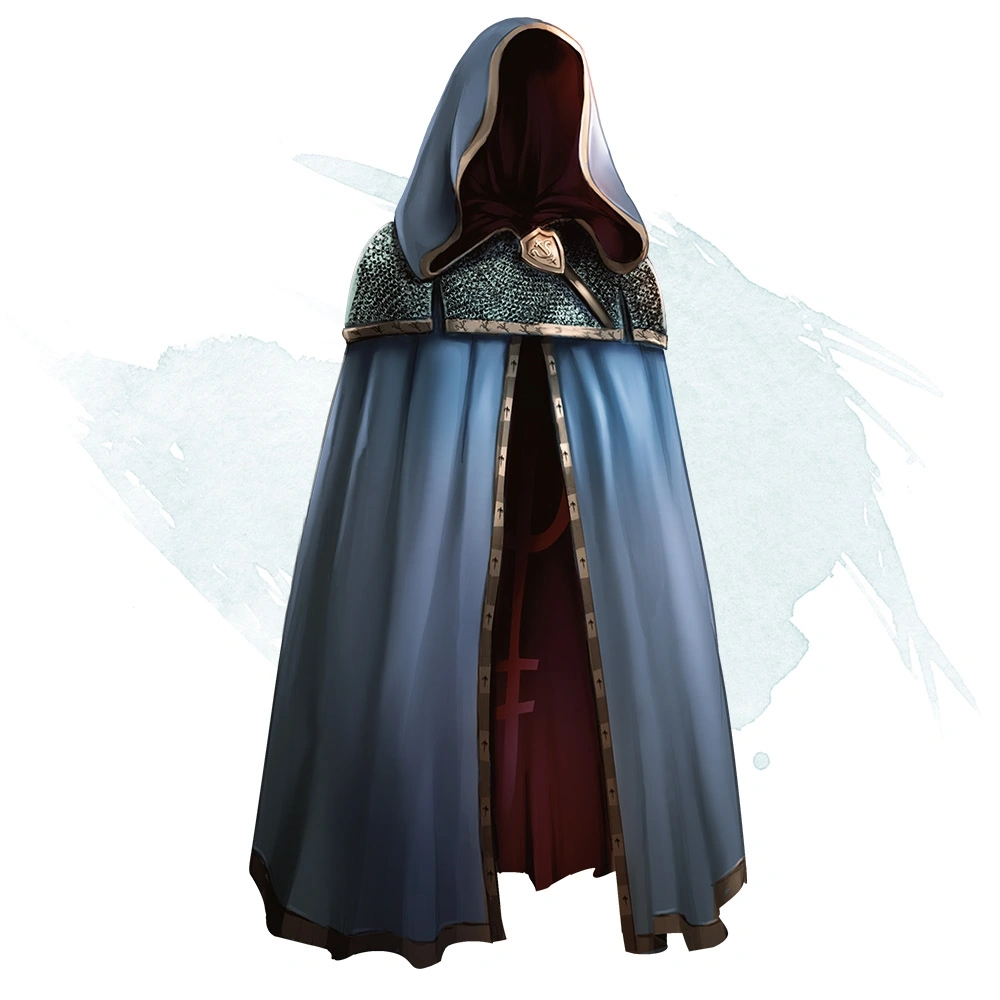
Book: Dungeon Master’s Guide
This magical item is simple. It provides a +1 to your armor class and saves throws, which will consistently help an Echo Knight.
Winged Boots
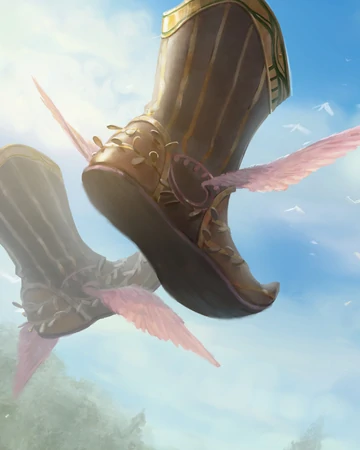
Book: Dungeon Master’s Guide
This magical item can help you fly without attuning to it. While many other characters should go for a Broom of Flying instead, the Winged Boots work great for an Echo Knight as it is easier to use in a melee range of enemies.
Rare Magic Items
Belt of Giant Strength
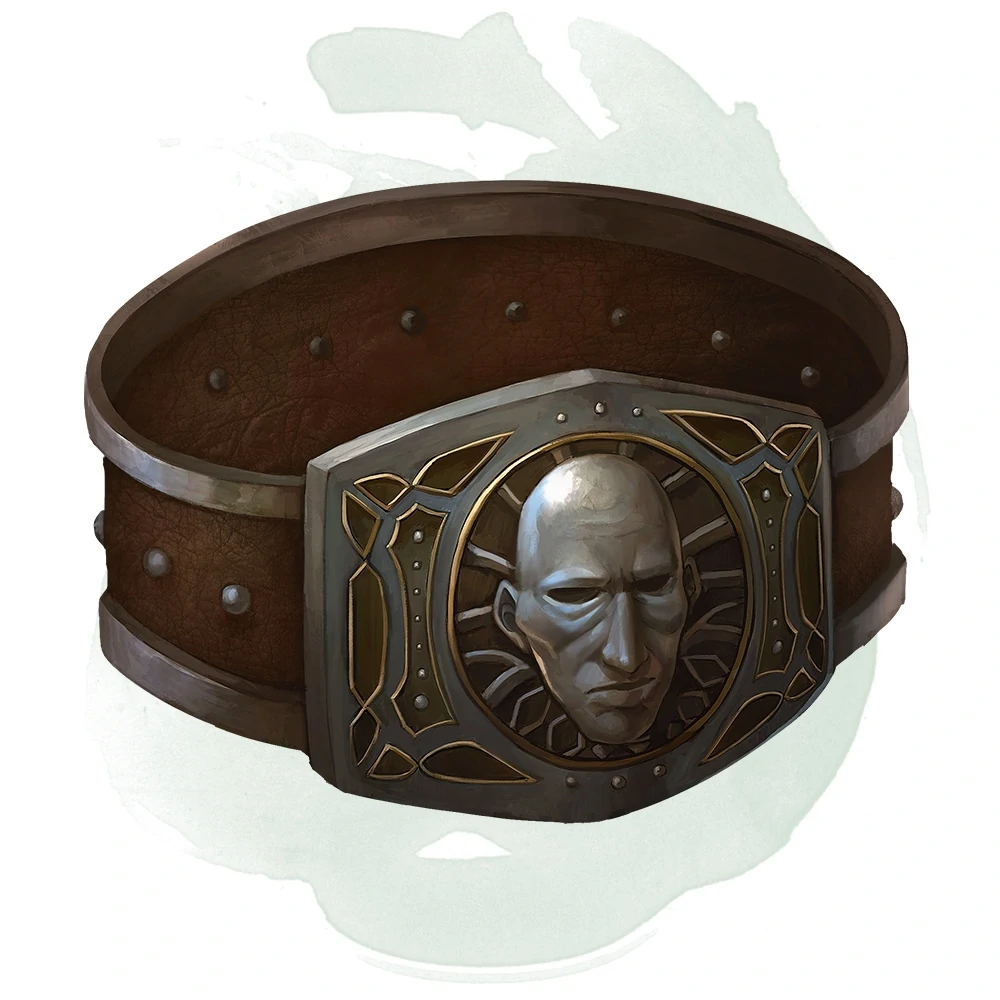
Book: Dungeon Master’s Guide
This magic item comes with varying rarities, but each one raises your Strength Ability significantly. Even the lowest version, Hill Giant, can get it up to 21, so getting your hands on one is always helpful.
Cloak of Displacement
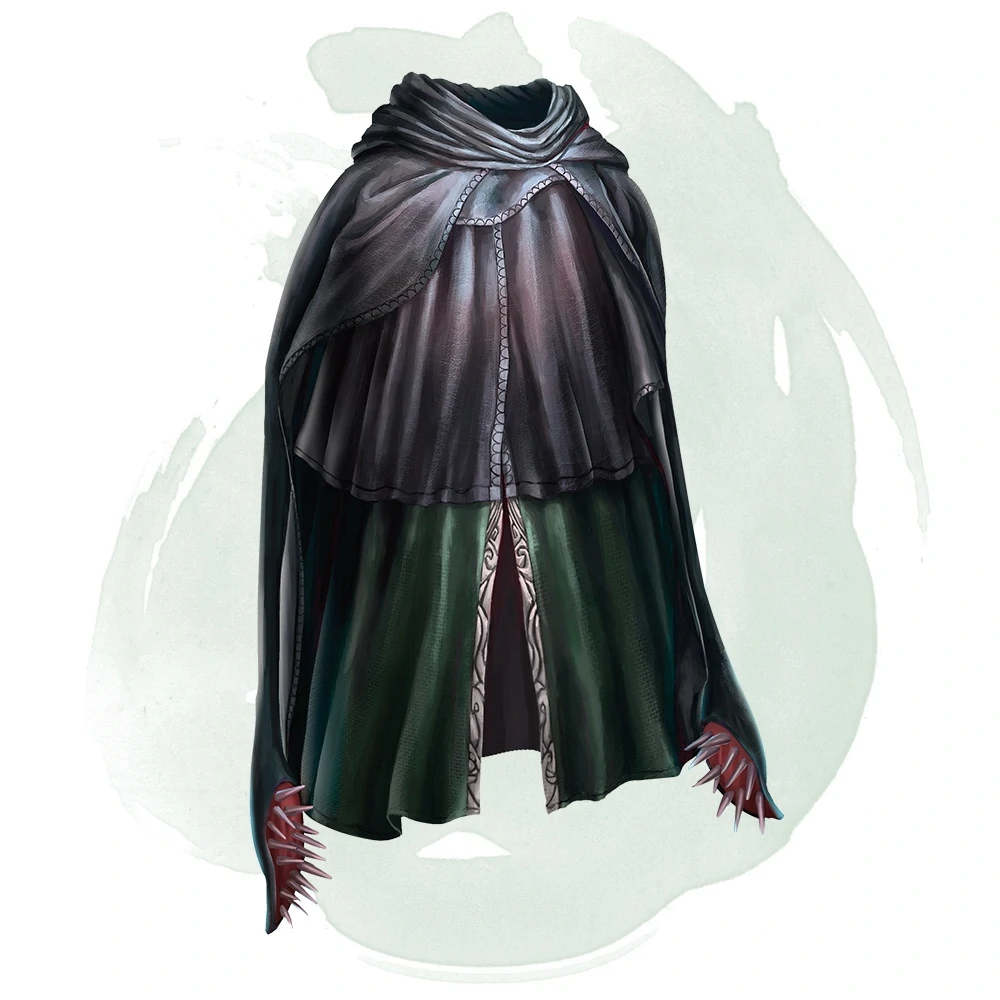
Book: Dungeon Master’s Guide
This item will disadvantage attacking enemies on their attack rolls against you, which is a massive benefit while playing a tank character.
Ring of Evasion

Book: Dungeon Master’s Guide
The Ring of Evasion helps your character avoid magical effects and succeed in saving throws, which are usually the biggest threat to frontline fighters.
Very Rare Magic Items
Manual of Bodily Health
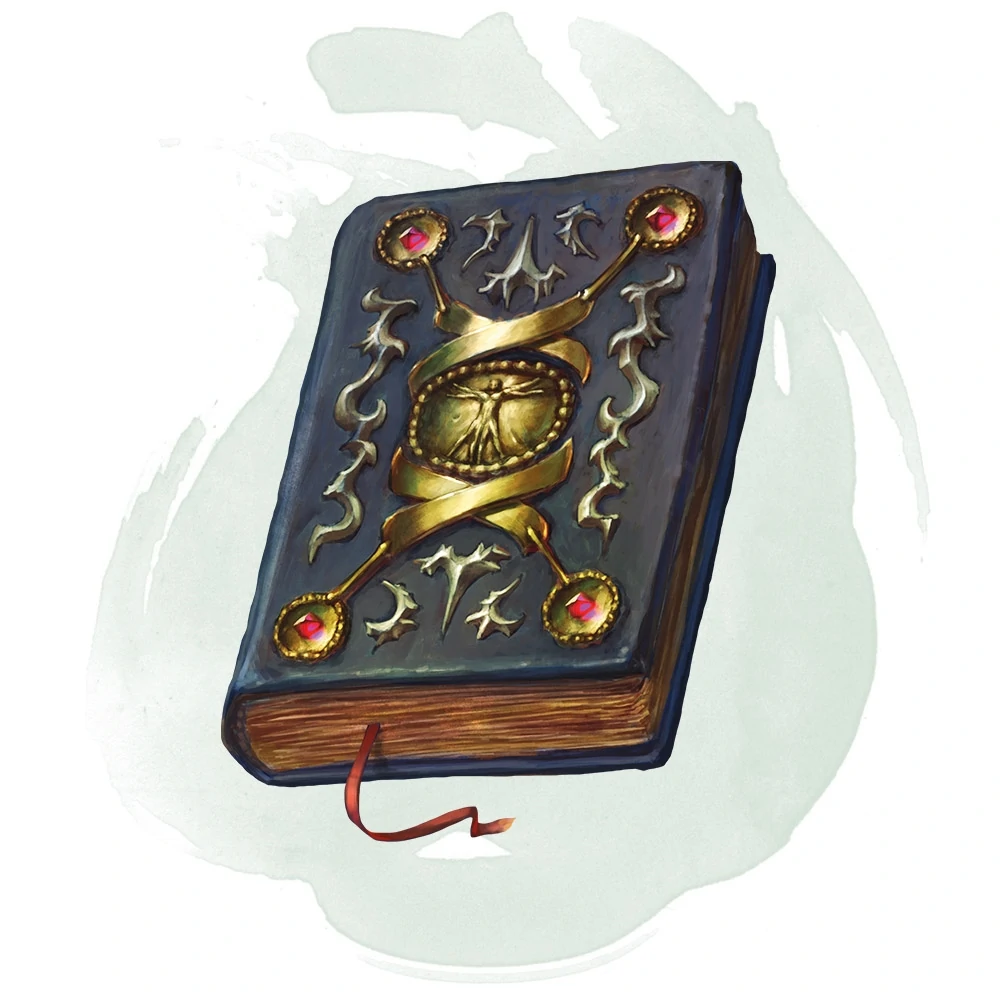
Book: Dungeon Master’s Guide
The Manual of Bodily Health increases your Constitution by two. He even increases your max Constitution to 22, allowing you to get a +6 modifier that can add a lot to your survivability.
Spellguard Shield
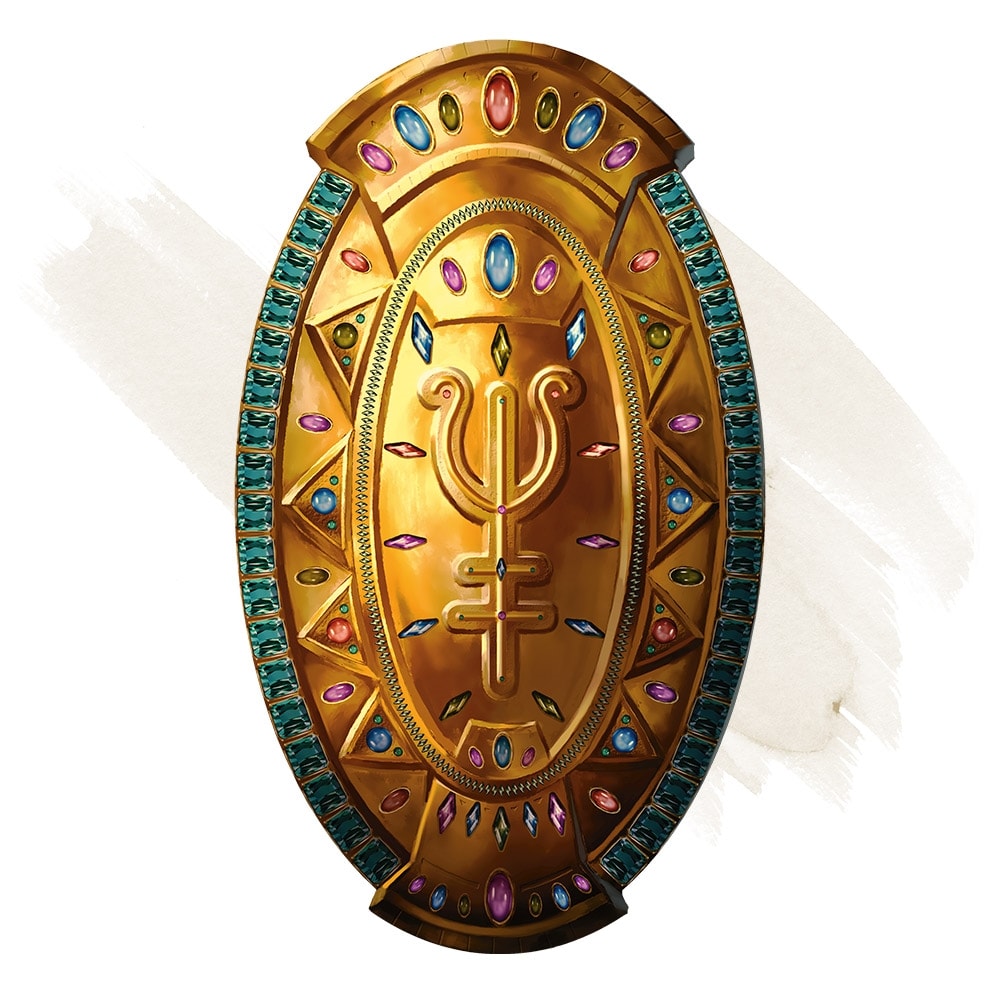
Book: Dungeon Master’s Guide
This shield is a great option to help protect you from all magical effects.
Legendary Magic Items
Armor of Invulnerability
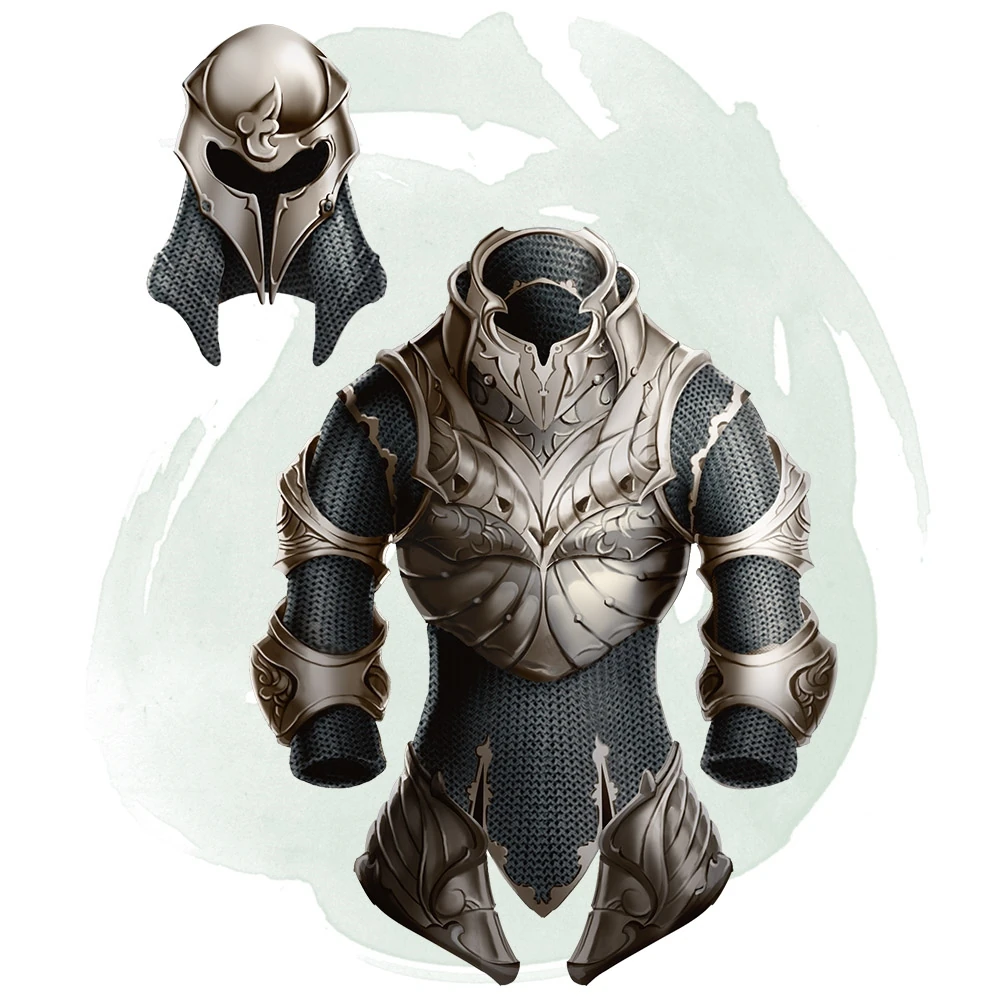
Book: Dungeon Master’s Guide
This Armor will help protect you against most weapon attacks, even at higher levels, so it is worth picking up if you find a set.
Blood Fury Tattoo
Book: Tasha’s Cauldron of Everything
This magical tattoo comes with ten charges. These charges can then be expended for two effects. The first adds a solid 4d6 necrotic damage to your attack and heals you for the same amount.
The second effect allows you to use your reaction to attack an enemy that hits you as long as you can see them.
Vorpal Sword
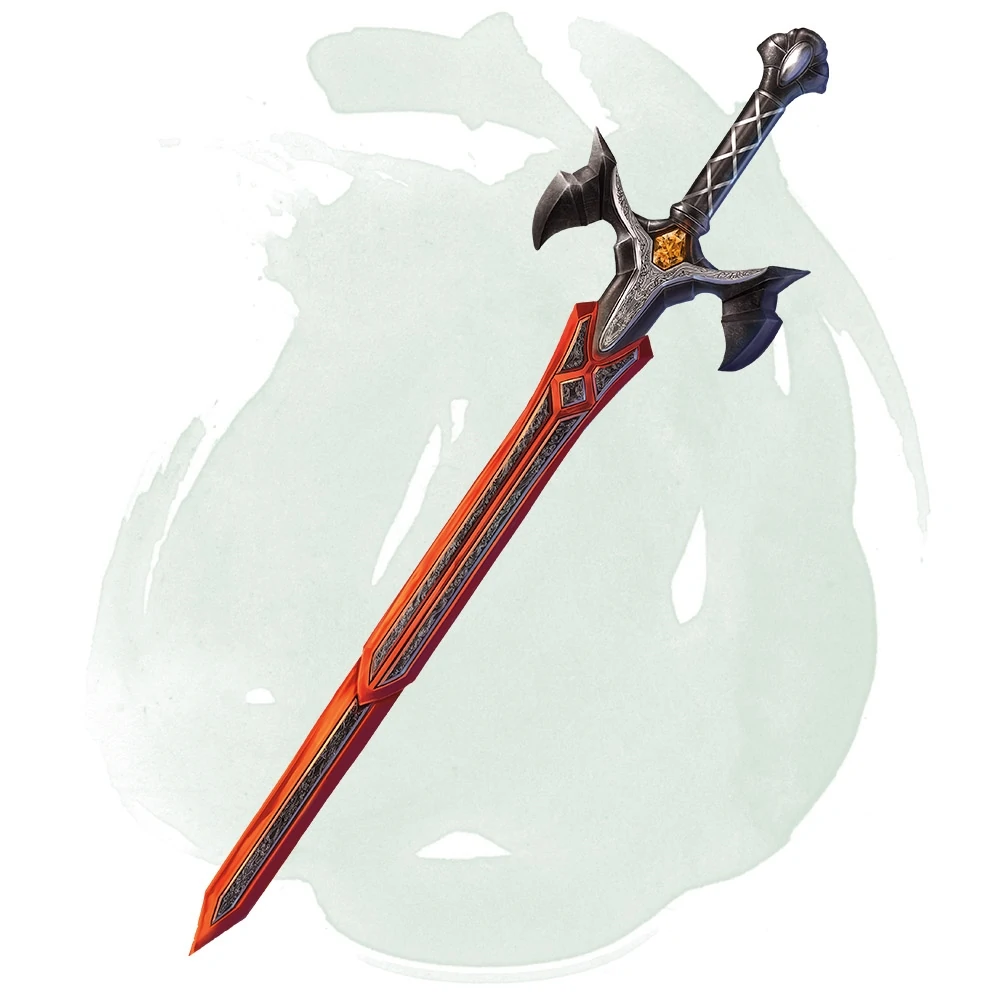
Book: Dungeon Master’s Guide
One of DnD’s most iconic weapons, the Vorpal Sword, is effectively a +3 weapon, which is good in its own right. However, getting up to four attacks per turn has the highest chance of getting critical hits.
When you get a critical hit with the Vorpal Sword, you automatically cut off the creature’s head, instantly killing them if they can’t live without it.
How to play an Echo Knight
Roleplaying
When it comes to roleplaying your Echo Knight, your character will undoubtedly be impacted by their backstory. However, their ability to pull alternate versions of themselves from other timelines should also have a big impact on them. When I played an Echo Knight, I did this by having them exhibit a twisted opinion of the time and their place in the world.
Since they can peek into the lives of an infinite number of themselves in other timelines, it only makes sense for them to view their individuality and own place in the dimensions differently.
You should also consider how your character learned to call forth an Echo and what they did beforehand. This can help define your character’s knowledge and opinions outside their subclass while also helping flesh out their history before the campaign.
Since the Echo Knight is also a martial class, you should make sure to think about where they received their training and whether or not any exercise or sense of camaraderie impacts their relationship with the rest of the party.
Combat
Once your character finds their way into combat, their subclass will come to life. The first principle of playing an Echo Knight in combat is always keeping your Echo active on the battlefield.
This will give you more options on every turn, will help you control enemy positions, and can soak up damage that would otherwise be directed toward your party members.
Your Echo will die frequently, primarily through Shadow Martyr, but the only cost to bring it back is a bonus action, so don’t be afraid to sacrifice Echos frequently.
Using your Echo, you’ll also have to fulfill the role of a frontline defender and striker. You should always be on the frontlines of the battle to soak up damage so your weaker allies don’t have to.
Luckily, your Echo can help with this by extending your influence across the battlefield or placing it to block paths for enemies or defend exposed allies.
Fulfilling this role can be easier if you pick up the Sentinel or Crusher feats that give you more control over the battlefield and enemy actions.
FAQs
Question: What book is the Echo Knight subclass found in?
Answer: The Echo Knight is in the 5e supplement Explorer’s Guide to Wildemount.
Question: Does the Echo count as a creature?
Answer: No, the Echo Knight’s Echo is not considered a creature, although it does fully occupy the space it is in.
Question: Can the Echo fly?
Answer: Technically, no, but the controller of the Echo Knight can move it in any direction, including moving upward. So, it doesn’t technically fly, but it can act as if it does, which can be extremely useful for battlefield control.
Conclusion
The Echo Knight is a unique subclass in 5e because it comes in the supplement from the popular Critical Role actual play show. This gives the Echo Knight a lot of exciting and unique lore and fun mechanics to play around with, but you may have to talk with your Dungeon Master before settling on this subclass to ensure they are okay with it.
Suppose you are looking for an interesting martial class that emphasizes the fundamentals of combat in the game or exerts extreme control over the battlefield. In that case, the Echo Knight is a great option.
- Steel Defender 5e Guide - September 5, 2022
- Harengon 5e Guide - August 24, 2022
- Shambling Mound 5e Guide: The Most Terrifying Plant - August 21, 2022


